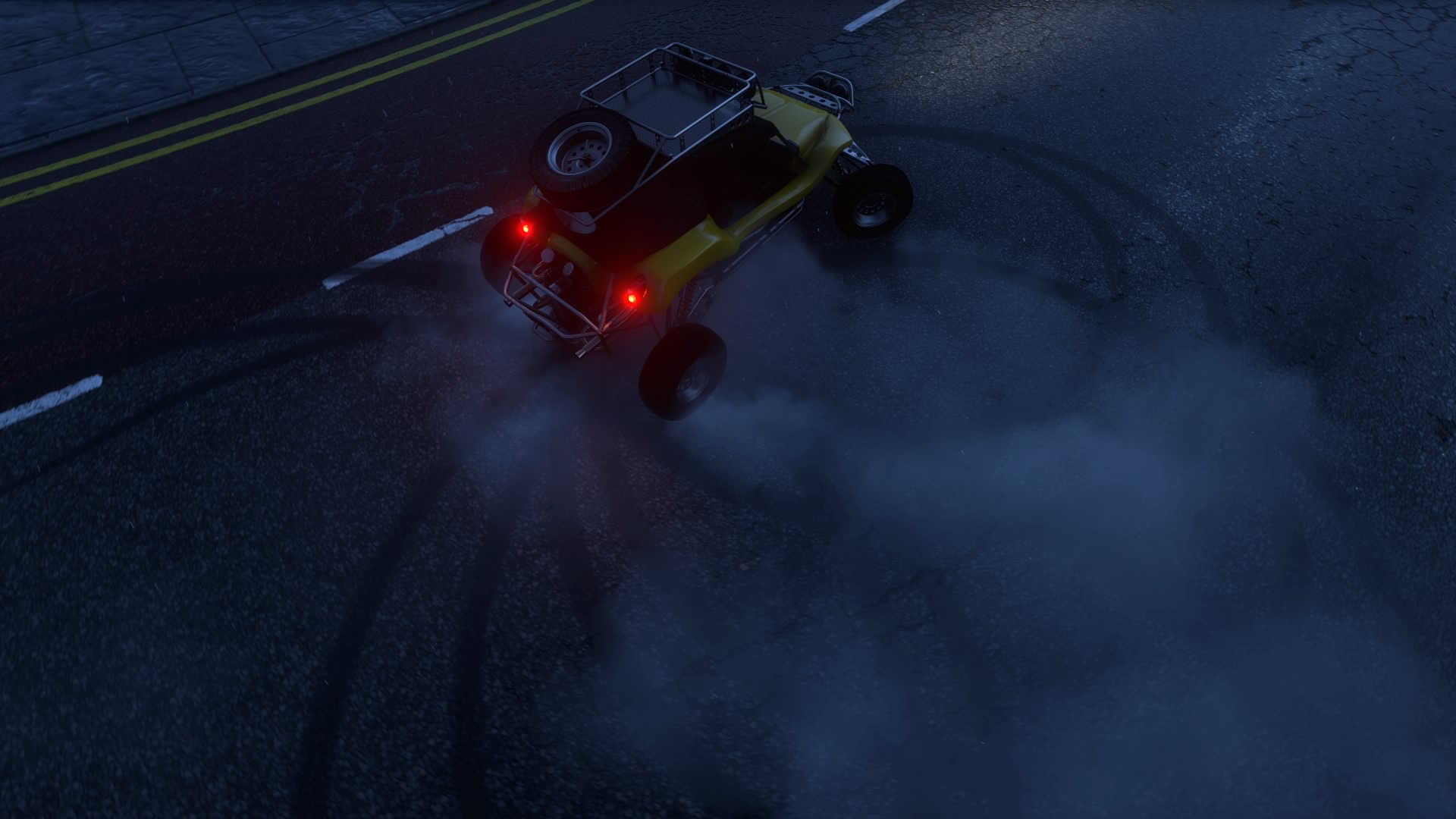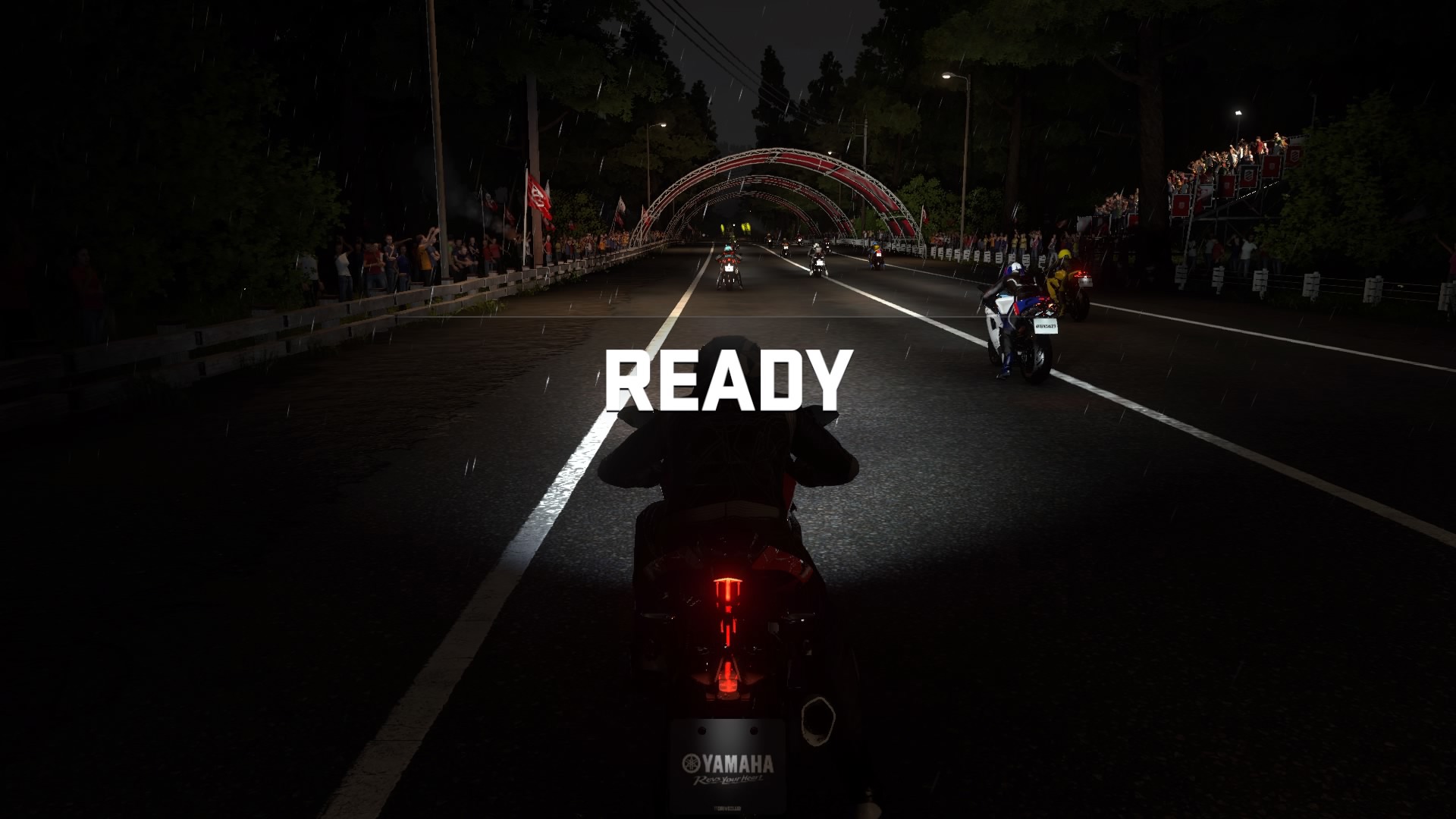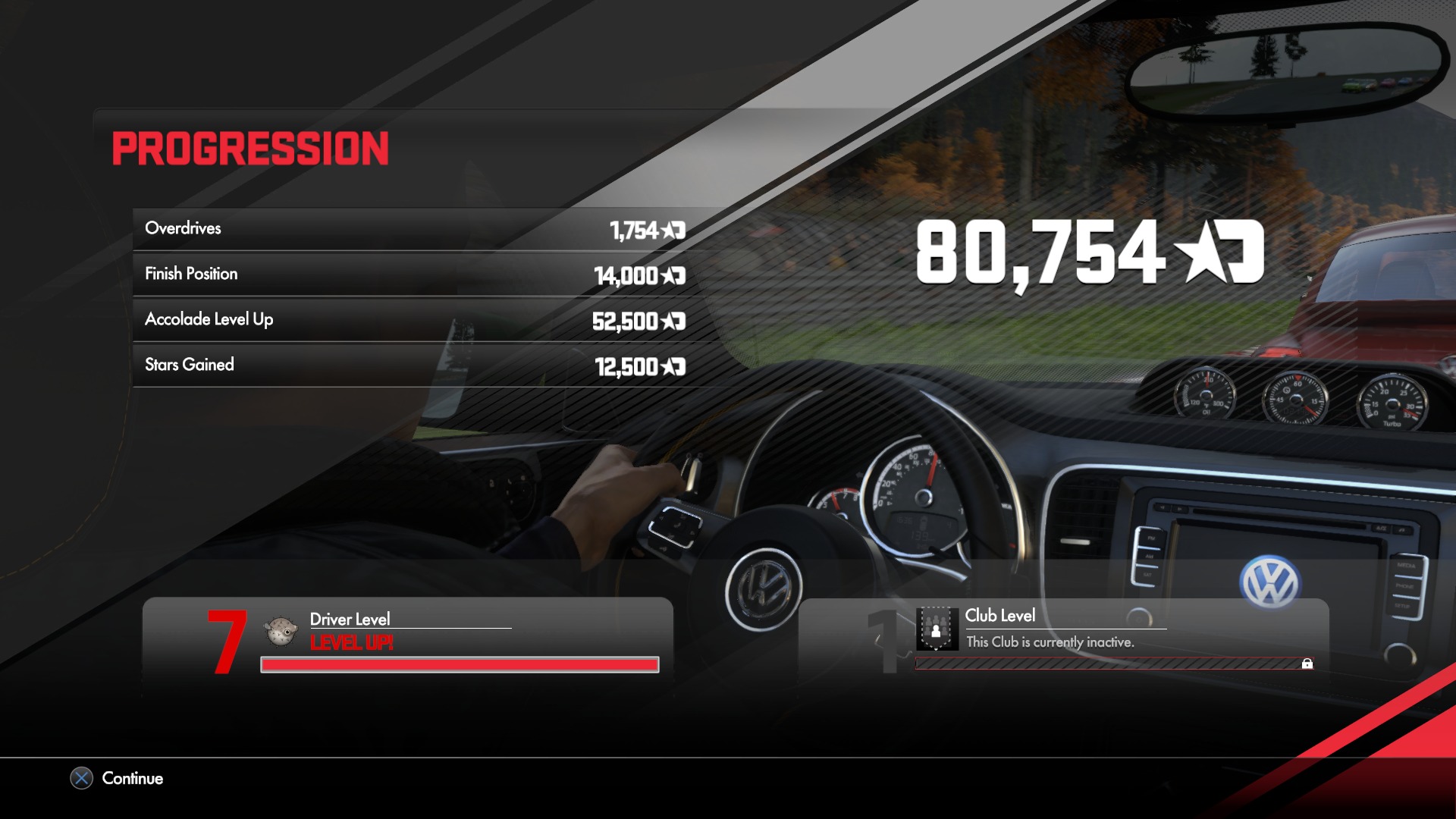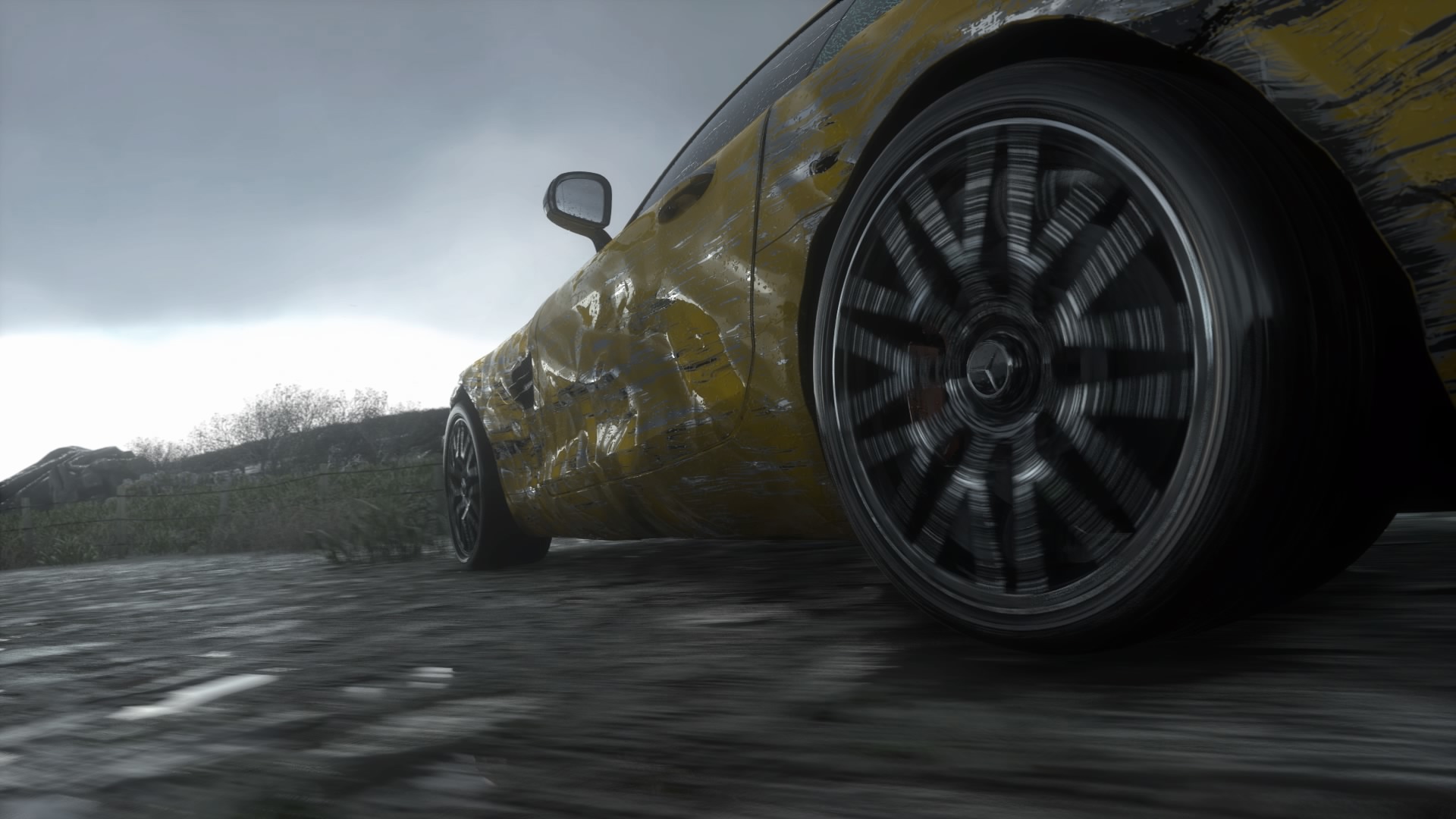Some races are sprints. Others are marathons. Driveclub, since its 2014 launch, has been on an incredible rally that most recently saw them add the standalone Bikes expansion and a Hardcore Handling setting that significantly alters gameplay. While video games today commonly see updates after release, Driveclub’s under-the-hood changes go far beyond mere tweaks and bug fixes.
If you’re just jumping in now, there’s a ton of tracks, cars, and bikes to unlock and play with. The game contains 37 locations spread over six countries – Canada, Chile, India, Japan, Norway and Scotland – with every track having at least one variant, for a total of 78 tracks. The base game includes 50 cars, but with updates and DLC, the current total number of cars tops out at 112. Picking up Driveclub Bikes? There are 17 superbikes on offer right now, from the BMW S1000RR to the Yamaha YZF-R1, with more to come.
Presentation
Racing games have long been visual showcases for consoles and computers alike, and Driveclub is no exception. Tracks are illuminated by a proper time-of-day lighting system while dynamic rain effects turn asphalt into puddles and dirt roads into mud slicks. When you’re not ogling the scenery, you can fire up Photo Mode and get a close-up look at the vehicles, which have been captured at incredible detail – you can read the tire pressure label off the side of the S1000RR if you wish.

Mind you, Photo Mode is a bit of a cheat when we’re discussing graphics, since the game engine takes its time rendering the image on-screen at the highest quality. But even in motion, the presentation is slick, with nary a jagged, aliased edge to distract you from the action.
On the audio side of things, care was taken to record sounds like engine noises and brake squeal from both inside the cockpit and out, and you’ll hear the difference when switching between camera views. The soundtrack consists of epic electronic music, but if that’s not to your taste, you can change the audio balance in the settings menu (or stream in something else entirely from PlayStation Music).
Gameplay
Despite the top-notch graphics, or perhaps because of it, there’s almost too much going on. Between the notifications that pop up whenever you complete a feat or crash into another vehicle, to the impromptu face-off events that litter every track, you’re being bombarded by a constant stream of information – and that’s before you look down the road and check your mirrors for the competitors around you. (Good thing you can turn the pop-ups off.) Even when everything is clear – broad daylight, no events, no opponents – turns can sometimes come up at you out of nowhere, catching you completely off guard unless you’d been keeping an eye on the minimap. Your experience with racing circuits won’t help you here – the tracks in Driveclub are only inspired by real-life locations.

On first blush, Driveclub is not a game that places any emphasis on smooth driving; the fastest way to gain Fame, the in-game currency/experience points, is to drift around corners, and said corners often turn into chaotic free-for-alls where the mantra is “rubbin’ is racin’”. But get out ahead of the pack and you’ll find the physics engine rewards clean lines and methodical inputs; though the generous driver assists place it firmly within the arcade-style racing camp – in other words, the emphasis here is on fun, regardless of your skill level.
Of course, with the way the dynamic weather instantly obliterates tire grip, you’ll be glad for the existence of traction control. But these nanny systems, along with the vague feedback in the controller, can make it feel like your car’s not entirely under your control, which in turn makes improvement difficult, since you don’t know you’re doing something wrong until the safety systems fail and you go skidding across the asphalt.
Hardcore Handling
But wait, the developers at Evolution Studios have heard you and added Hardcore Handling in the most recent update. Hardcore mode turns off a lot of the assists, which means you’re free to explore the wonderful world of oversteer and understeer. Unfortunately, it also means you’re entirely at the mercy of oversteer and understeer if you’re not paying attention. Or if the track gets drenched by a sudden deluge of rain, which takes on new and terrifying dimensions when the game is no longer watching your back. Your AI opponents, however, don’t seem to be affected by the setting, so this is definitely something you don’t want to play with until you’re sure of your skills. Hardcore, indeed.

Bikes
The Bikes expansion shares the same game engine as the regular game, and it shows. Compared to other bike racing games, where high-velocity dismounts are common, your rider in Driveclub Bikes is riveted to their seat. Want to brake to walking speed before a corner? No problem. Crash into another racer to course-correct? It’s super effective! Want to lean forward or backward to transfer weight? Don’t worry about it – it’s not in the game. You can push the control stick forward and backward, but that simply causes your rider to do a wheelie or stoppie. And how about that top-centre rearview mirror, eh?
I asked the opinion of editor and resident bike rider Jacob Black: “It’s nothing at all like riding a bike,” he said, with eyes locked on the TV. He proceeded to play the same stage six times in order to beat the first-place time. Sometimes, less is more, and in this case, a more car-like control scheme makes Driveclub Bikes a better game than other, more fastidious simulators. Ultimately, the biggest similarity between the expansion and the base game is the same emphasis on fun.

Since you can’t really drift in a bike, the way you rack up Fame is by doing wheelies and stoppies. They’re easy to pull off… as long as you can find a clean stretch of road to perform them. If you’re doing the Tour, there are specific events which ask you to do a series of stunts in quick succession, allowing you to safely practice these maneuvers without having to worry about opponents coming up behind you and knocking you flat.
Being that it’s a paid expansion, we would be remiss not to address the value of your purchase. If you don’t already own Driveclub and are looking for a straight up bike racing game, the $21.99 asking price is a no-brainer. If you already own Driveclub, for $14.99 you’re getting a whole new game mode and a solid stable of superbikes, but no new tracks. While there’s certainly more content to come, if you’re unsure about the bike mechanics, you can unlock a bike in the regular game by getting the KTM Owner’s Club to Rank 10.
Progression
As mentioned before, Fame is what drives your progress in Driveclub. Sure, you earn stars on every stage by completing certain objectives, but at the end of every race, the amount of Fame you earned is applied to your personal Driver level, your Club level, and even your affinity with the manufacturer whose vehicle you raced in. Why is this important? Because new vehicles and liveries unlock based on these levels. You can pay to unlock vehicles and liveries earlier, but where’s the fun in that?

Multiplayer
If you’re playing through the single-player Tour, you’ll be unlocking new content at a steady rate, but certain vehicles will require you to be part of a Club with at least two drivers. Given that the game has been out for over a year, you’ll find plenty of clubs available, many of which are at a high enough level that you’ll instantly unlock the associated cars upon joining.
However, if you want to build up a club from scratch (or simply want to design your own club badge), you’ll find yourself quick progress not just through races, whether single- or multi-player, but also through Challenges, which form the backbone of club interactions.
Challenges present you with an objective, such as setting the fastest time in a certain race amongst all clubs participating in the challenge. They integrate leaderboards into regular gameplay in a way that rewards players with more than just bragging rights. It also allows players to participate in the online community without taking part in multiplayer races, which to be honest are gong shows, since the tracks tend to be quite tight and the damage is purely cosmetic, and the collision penalties – reduced speed, loss of fame – are not enough to discourage the worst offenders.

It’s too bad there’s no local multiplayer, since such problems can be quickly resolved with a punch to the shoulder of the offending party.
Overall
In the time I’ve spent with Driveclub, I’ve fallen in love with time trials. The game connects to the server to grab player data for the circuit you’ve selected, presenting you with a ghost who is just a little bit faster, just enough of a challenge. It’s the way I prefer to play, without the mayhem of having 11 other cars on the track with me. And it’s strangely soothing to be chasing the lead car, flying through the countryside.
I’m sure, however, that many others would enjoy getting right into the thick of it, to emerge victorious at the other end of the fray. Some others may not want to race at all, but instead park themselves in just the right spot for the perfect picture in Photo Mode, which produces some truly stunning images.

Though it won’t trump other games in sheer quantity of vehicles and racetracks, the sheer flexibility of the Driveclub engine, combined with its approachable gameplay and gorgeous graphics, makes it an easy recommendation to anyone who wants to spend some time behind the wheel without leaving the couch.
Some races are sprints, others are marathons; Driveclub serves up both types – and rallies too.
Driveclub and Driveclub Bikes are available now for the Sony PlayStation 4.
























